Interview with Sergio Sancho
This summer Ibiza is once again the epicentre of contemporary art thanks to CAN Art Fair, which is being held for the second year running and brings together the latest in contemporary creation and hosts up to 37 galleries and more than 100 artists from Hong Kong, Sydney, London and Los Angeles. Directed by Sergio Sancho, cultural manager and founder of Urvanity, it is curated by the critic Saša Bogojev and brings together prominent international collectors from 12 to 16 July. Sergio Sancho tells us more about CAN Art Fair here.

How did CAN Art Fair, a fair curated for the second time by the art critic Saša Bogojev and by invitation, come about?
On the one hand, it came about in the year of the pandemic when all the nightlife was closed and the Ibizan exhibition centre La Nave Salinas opened an exhibition by my friend Rafa Macarrón. I went to visit it and realised that there were many people who had either gone to live there or who already had homes. Suddenly, I saw that it was a nucleus that attracted interesting people and I thought it would be good to organise a current art fair in Ibiza.
Then a phone call came through telling me that they were looking for cultural projects in Ibiza and that the island really needed to have a stronger cultural point. At one point they proposed to me to bring the Urvanity project to Ibiza and I even considered it, but in the end I thought it would be better to create a new project from scratch.
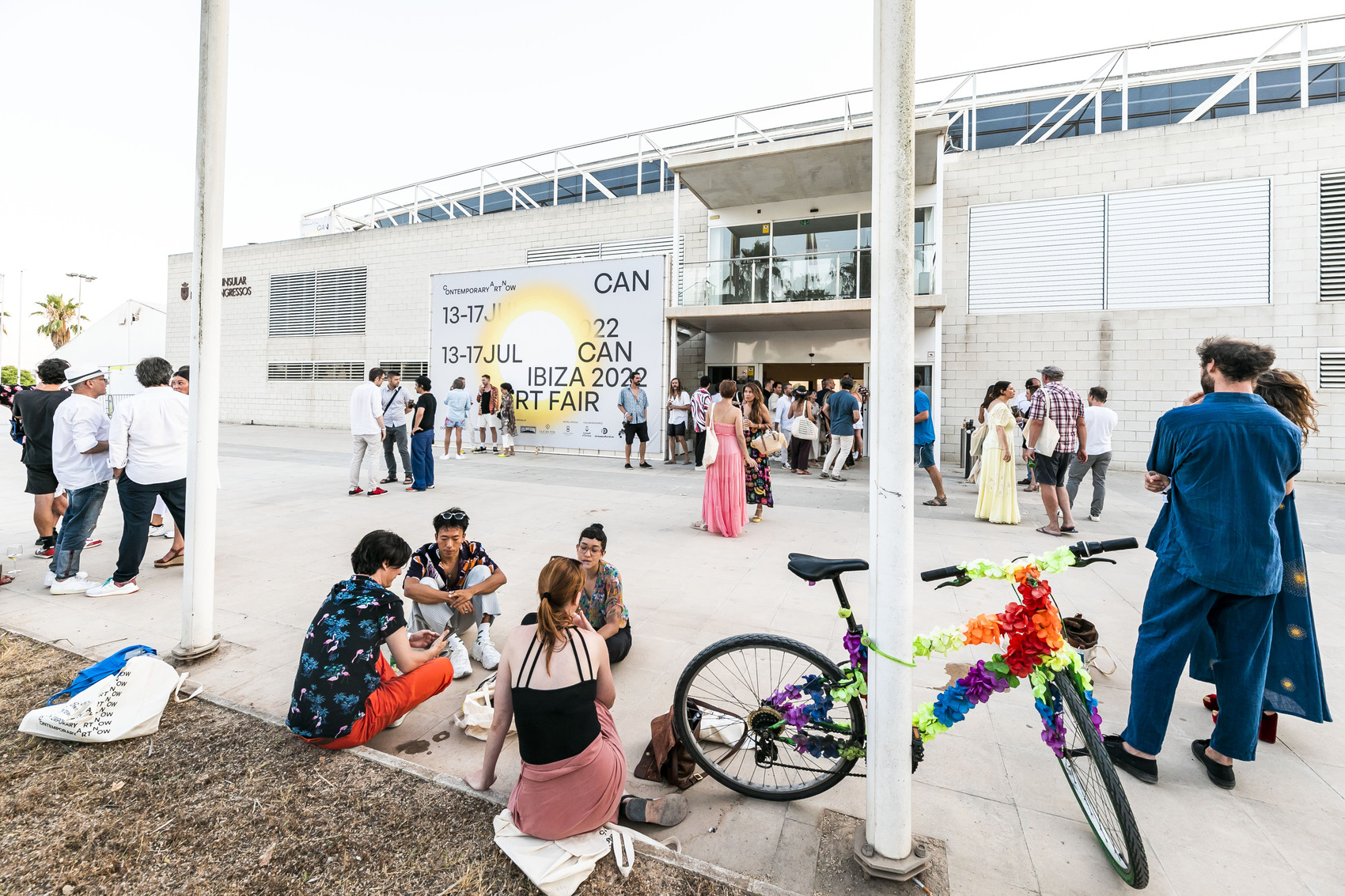
Where does the name CAN Art Fair come from and how does this event translate it?
Talking to a friend we liked the word can in the sense of ‘the house of art’ and we came up with the idea of Contemporary Art Now, which also coincides with Urvanity’s DNA.
In this fair that has now been running for seven editions we wanted to show the latest urban art that we thought wasn’t being shown and now we find that there is a new figuration that is taking the markets by storm. All these internet codes and this madness of digitalisation and the excess of content are logically being transferred to painting and this is what young artists are showing.
What is the gallery panorama that you find in Ibiza?
The curatorship is by invitation, according to a line marked out by Saša Bogojev, and of the 37 galleries participating in this year’s edition, only two are Spanish because the problem is that there is no fabric. Actually in Ibiza there are two three galleries, in fact the gallery Parra y Romero which is the biggest and has been working for the longest time is in a line of work far removed from what we propose as a fair, there is the gallery L21 which straddles art and design because it works with ceramics or furniture from the 60s and 70s, and finally Estudi Tur Costa which is relaunching a more gallery-based model.
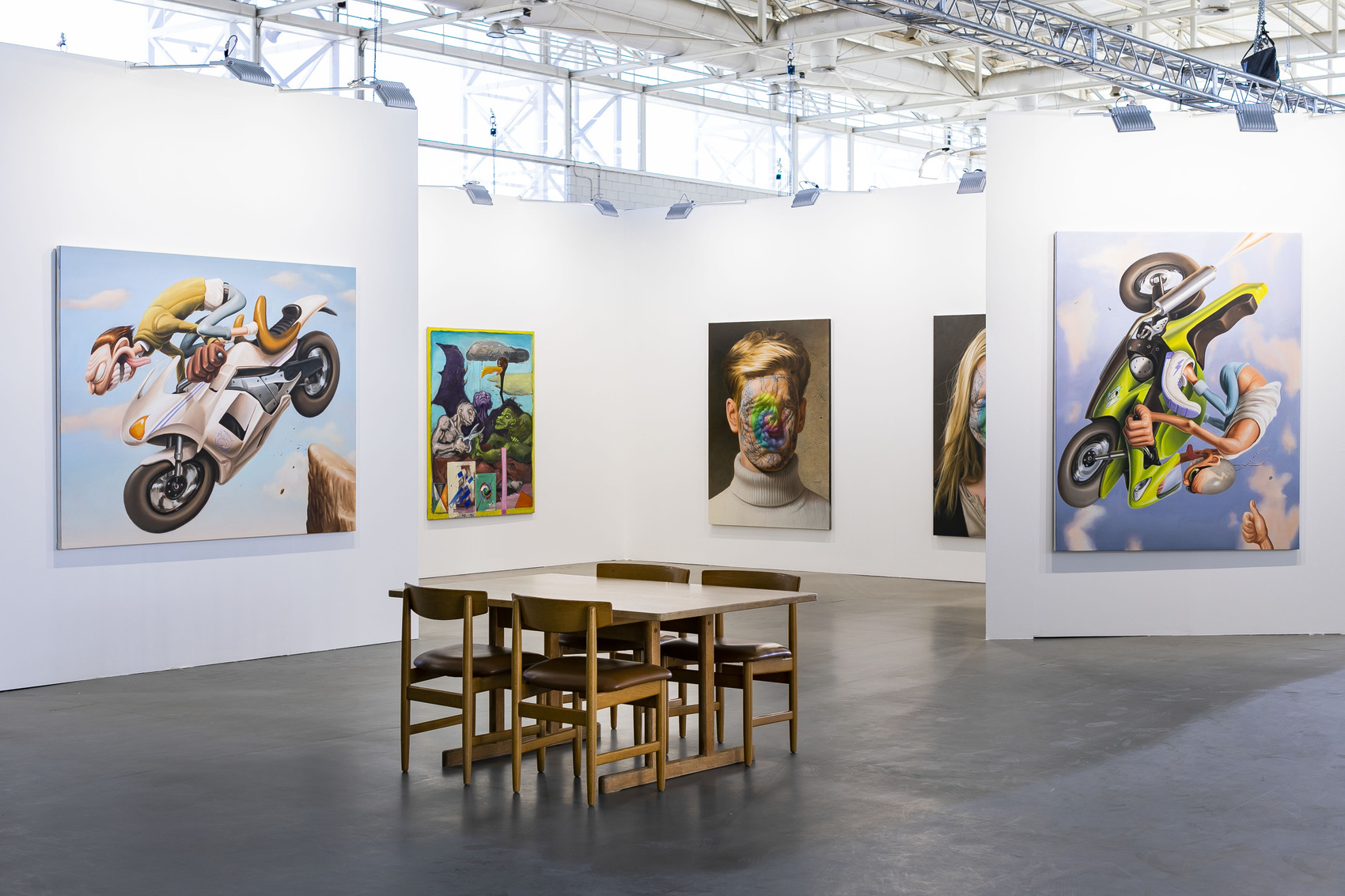
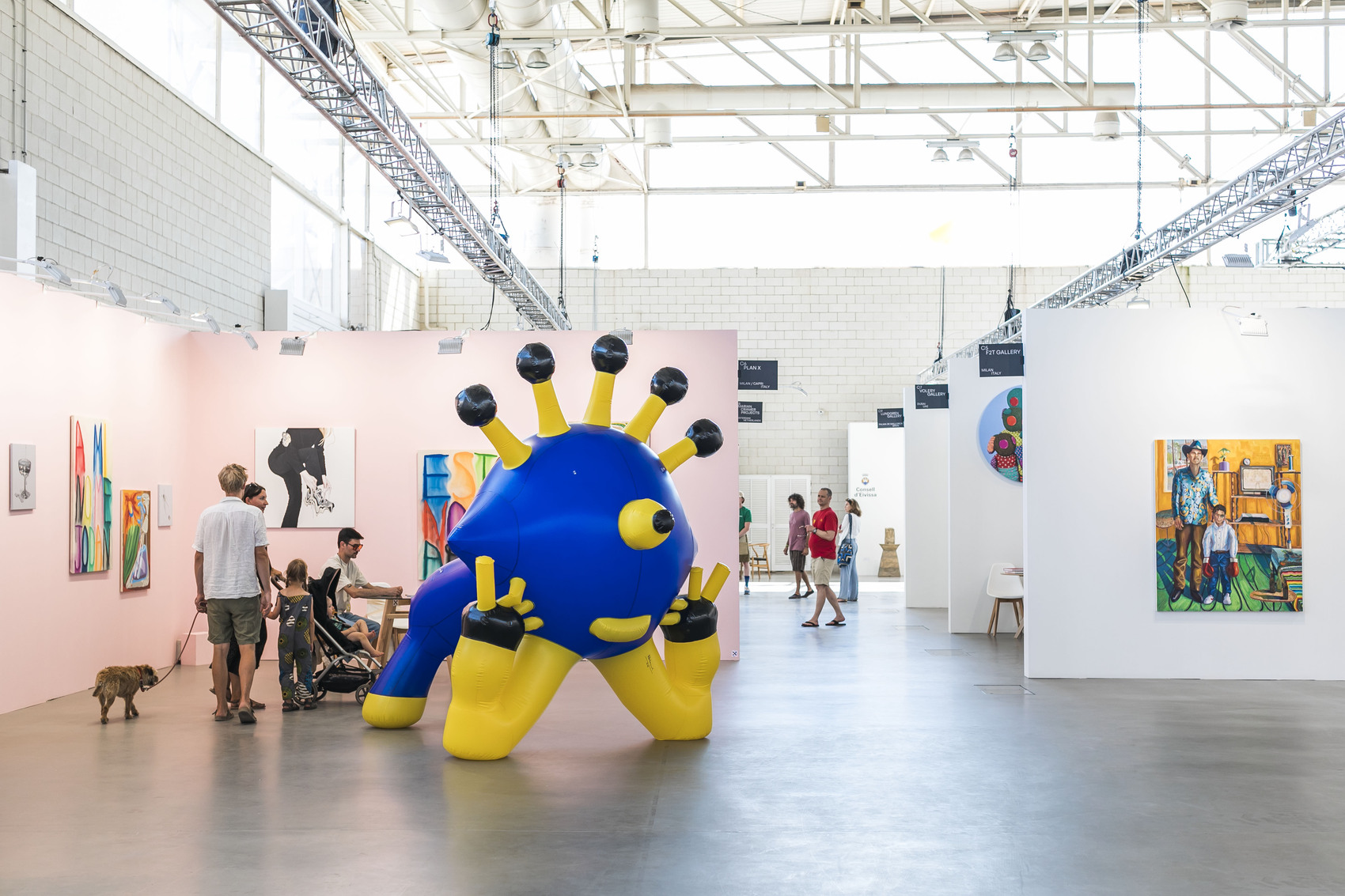
Does this platform have international references in a similar local context?
For me CAN is a super international fair, you only have to look at the fact that last year of the 37 galleries that came only six were Spanish. All the others came from New York, Los Angeles, Hong Kong and Tokyo, in other words, we have made a very international fair and this year we are going in the same direction.
We are perhaps the only summer fair in Europe and in the world because our intention and the choice of Ibiza arose from the realisation that the art circuit stops in summer. After Art Basel and practically until September (when Frieze Seoul is held) or October there are no proposals and we saw the opportunity to create a different project where a conglomerate of international art can come together on an island.
Why is it held in Ibiza?
It is held in FECOEV, the island’s exhibition centre, which is on the outskirts of Dalt Vila, and there are several conditions: ‘island, summer and Ibiza’, everyone knows the Ibiza brand and, in a year in which we have been travelling to many fairs all over the world, we have seen that CAN has achieved a lot of notoriety and the project is already known.
For the type of art we show it is the perfect place because the profile of the people who travel to Ibiza is in line with what we select, it is much fresher art, colourful, it is figurative art that goes with the people who visit the island. The format of the visit is also ideal because from 5 to 9 in the afternoon makes it compatible with going out to dinner, going out, getting up late. Gallery owners appreciate this because it’s five days, it’s summer and everything is much more relaxed. You can take advantage as a gallery owner to organise meals with clients and this also helps us to organise many parallel events. We have a very powerful programme for collectors where we visit studios, galleries, we go to the museum, we hold dinners and these types of events help you to have a very complete plan through art.
Is this a way of giving visibility to local artists?
We have seen that there is a local part that we can’t handle because the selection of artists doesn’t have that criterion. What we are doing is that this year we are going to open a couple of spaces that belong to the Consell where we are scheduling meetings with local artists, some from Mallorca, others from Ibiza, because what we also want is to try to ensure that the whole local fabric takes advantage of the fact that we are committed to contemporary art and that there are synergies between the two.
How important are the parallel activities and what’s new at the fair this year?
In parallel we organise events, private visits to institutions and collections, meetings with artists, but also dinners. This is something we promote a lot and we have a very powerful programme for collectors because it helps you to have a super interesting four or five day plan in Ibiza with a lot of plans that revolve around art. In our collectors’ plan we have visited, among other places, Ses Dotze Naus, the Estudi Tur Costa, the Casa Broner Museum, the Museu d’Art Contemporani d’Eivissa MACE, Espacio Micus, which is a wonderful space.
Compared to last year, the great novelty is that we are going to open up to Formentera and we have planned a day trip by sailboat to open the doors of several artists’ studios that work there.
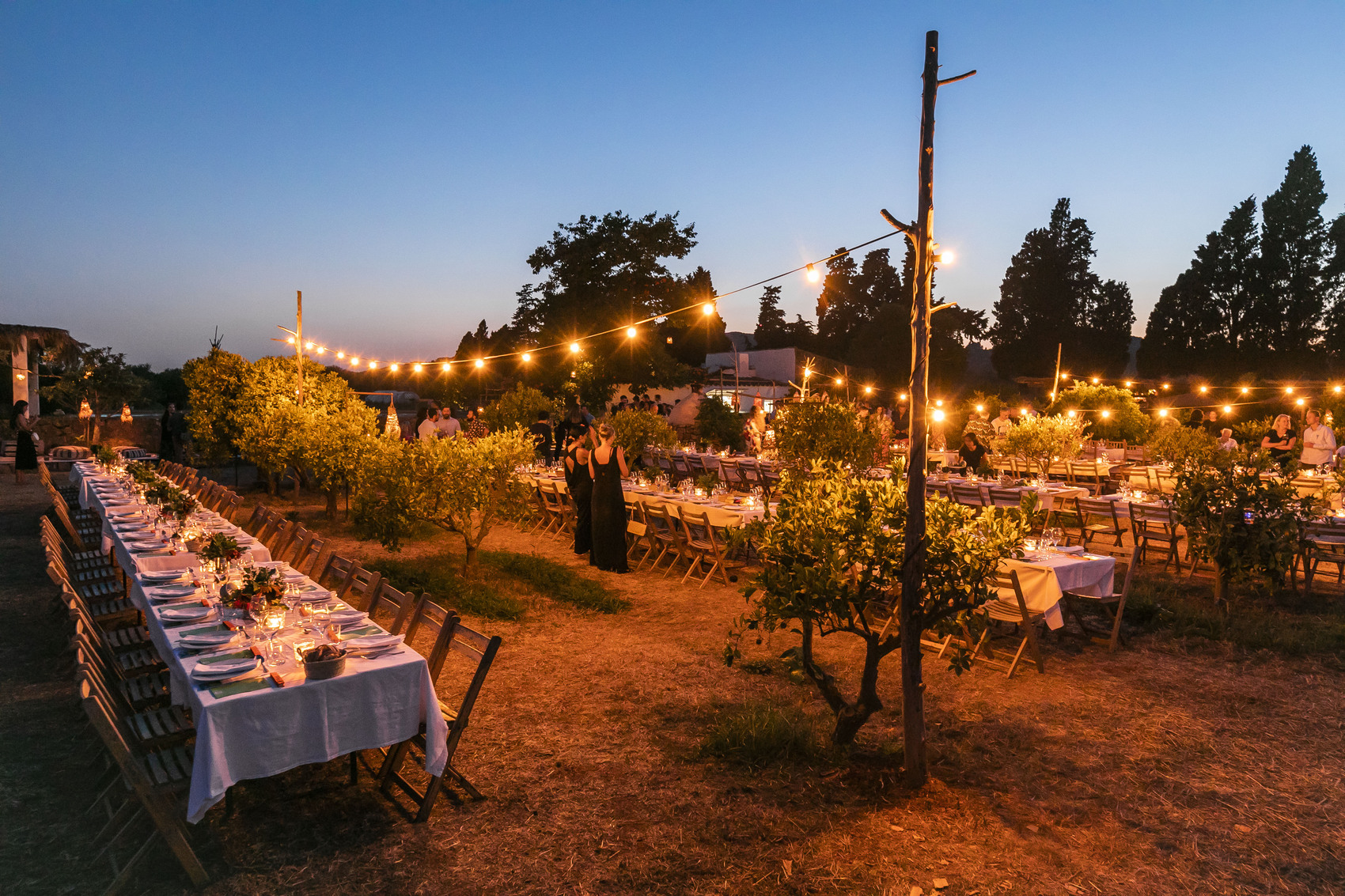
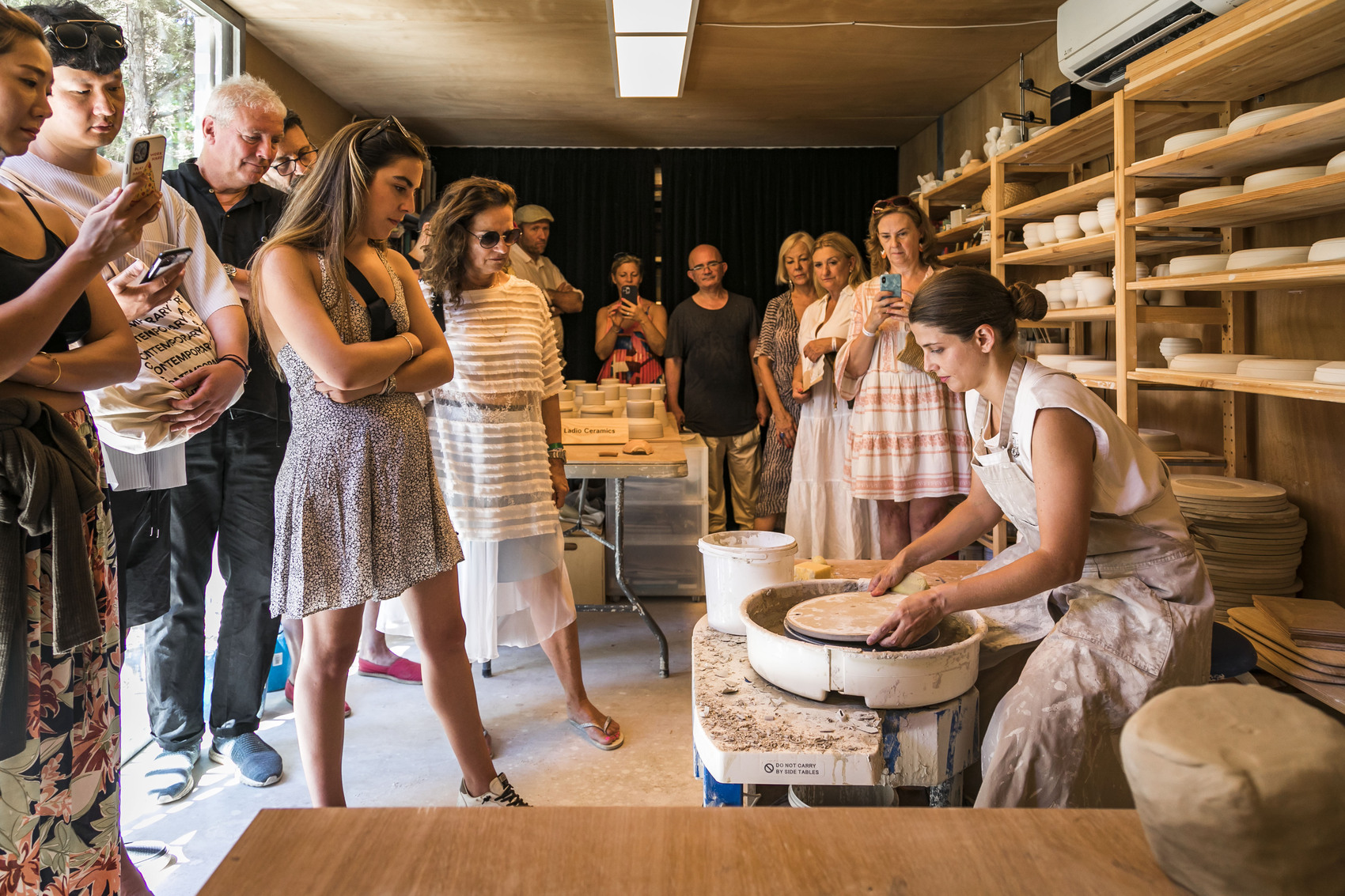
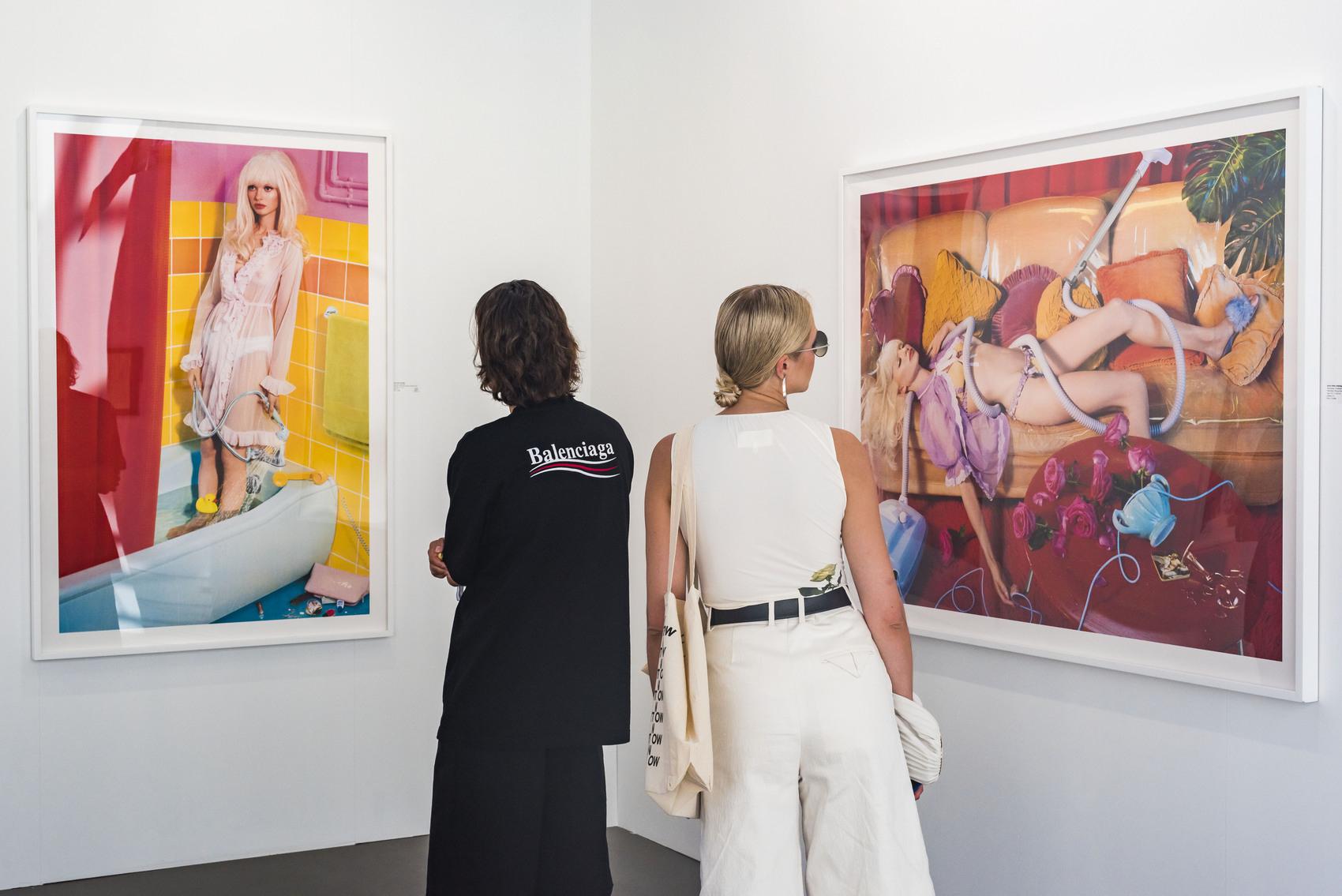
The previous edition made Ibiza the favourite art destination of the summer, what are the main attractions of this event that are worth a visit?
I think the proposal last year surprised everyone, people saw that the level and quality were very high and the fair will not leave anyone indifferent, it is a solid proposal with a detested selection of international galleries and then, undoubtedly, there is an attraction on the island both for the plans that we bring plus what the island itself offers because Ibiza is a wonder in terms of beaches, gastronomy, music…
In the end, I think it’s a great plan for an art-loving public because, possibly, you’re not going to be anywhere else in the world in the middle of summer seeing art and enjoying, at the same time, what the island has to offer.
As a cultural manager, after seven editions of UVNT Art Fair (Urvanity), how do you see the evolution of young or alternative art collecting? Is it different from other countries around us?
In this sense, not coming from the art world but from advertising, I started collecting in a very self-taught way, because I liked it, I was attracted to it and I connected with the art world. I believe that what we have to do is to bring art closer to the public. When I started, I saw that there were proposals that were too elevated and it is necessary to bring certain easier languages closer to the public through which people can be introduced little by little and, in order for that taste to evolve, we have to direct our gaze to begin to take a different perspective. It is a logical evolution.
With this type of fairs we have increased interest in current art and now we have an outstanding group of collectors, with the added attraction that they are international collectors, mostly from the European market, although they are also coming from Latin America, America and Asia.
What happens in Ibiza is that we achieve a very strong concentration of galleries, they are all concentrated and only a few hours’ flight away, and this does not exist in other fairs.

What is the price range for the works exhibited?
CAN has evolved as a fair and we have grown in terms of the market and the type of gallery, artist and collector. In this fair the price range for works can be between 5,000 and 25,000. Last year there were some works for a little more than two or three thousand euros and also pieces of 200 for 120 thousand.
Can you tell us some names of emerging or more unknown artists who are worth keeping an eye on?
Austin Lee and Oli Epp, both from the Carl Kostyál gallery; Ken Sortais, from Galería Alegría, is a very interesting French artist, Edu Carrillo, Ana Barriga and Jordi Ribes are three Spanish artists who I think are worth keeping an eye on, I would also like to highlight Matías Sánchez, from Veta, Pedro Pedro Pedro who is doing very well internationally, among others because there are many outstanding artists who are doing great work.
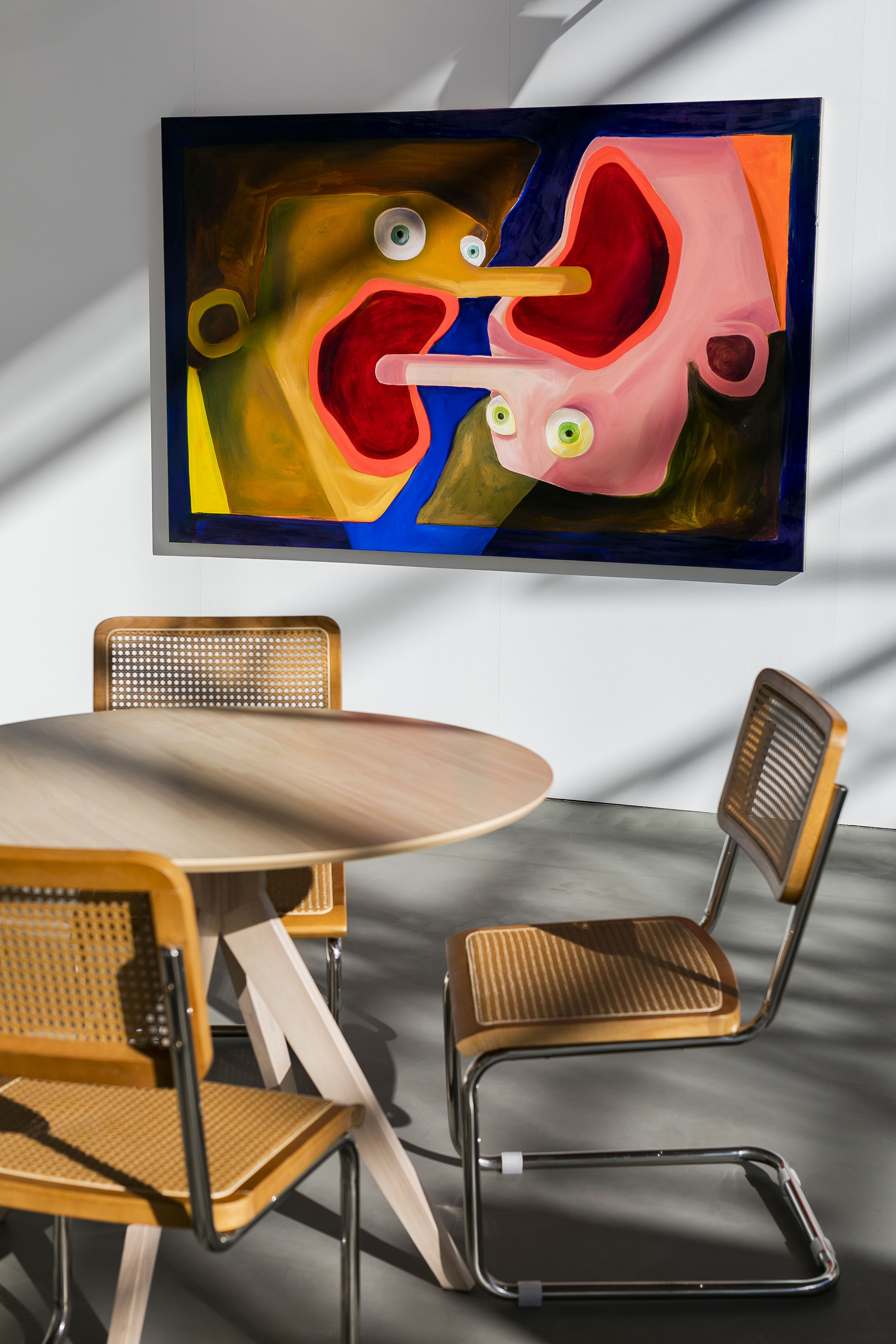
What places does Sergio Sancho recommend in Ibiza during the summer?
What I find very interesting on the island is the north because it is perhaps the most unknown area and what I recommend is to get lost a bit and look around. It’s not so much the specific place, the good thing about the island is that as soon as you wander around a bit you find some great places.
Los Enamorados in Portinatx to see the sunset seems to me an incredible place that, apart from being a hotel, has an antique shop, so it seems to me a place to discover in the north that not many people know about.
In Las Dalias, which is very well known, they have opened a discotheque where the sound has been custom designed by an engineer and, as it is outside the discotheque circuit, it often surprises you.
I really like the projects that are emerging from organic farms like, for example, Terra Masia where last year we did the event with Gucci. It’s a spectacular space for organic farming where you can go and see how they work and buy fruit and vegetables. These types of projects are giving the island an interesting sustainability and the island itself is trying to ensure that 10% of what is consumed comes from local produce and this is a way of generating local benefits.
Since the pandemic there are people who have taken up residence there, they have started to open schools and this increase in population needs culture to generate more gallery projects so that they can be established throughout the year.
Each proposal will provide the island with certain things that will make it more interesting if possible, because it always has been. In this way, beyond the holiday season, it is interesting that there is activity in other seasons.
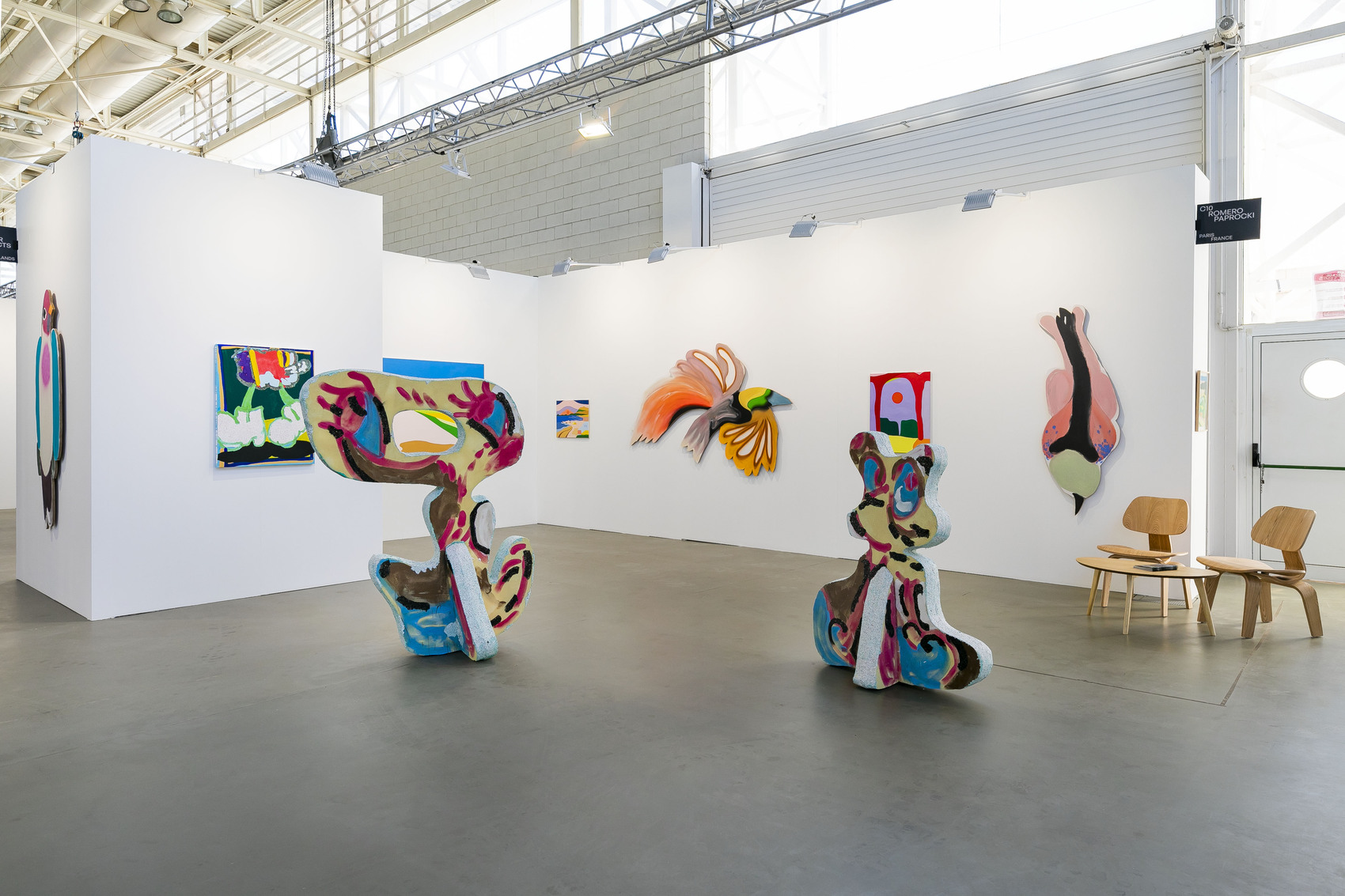
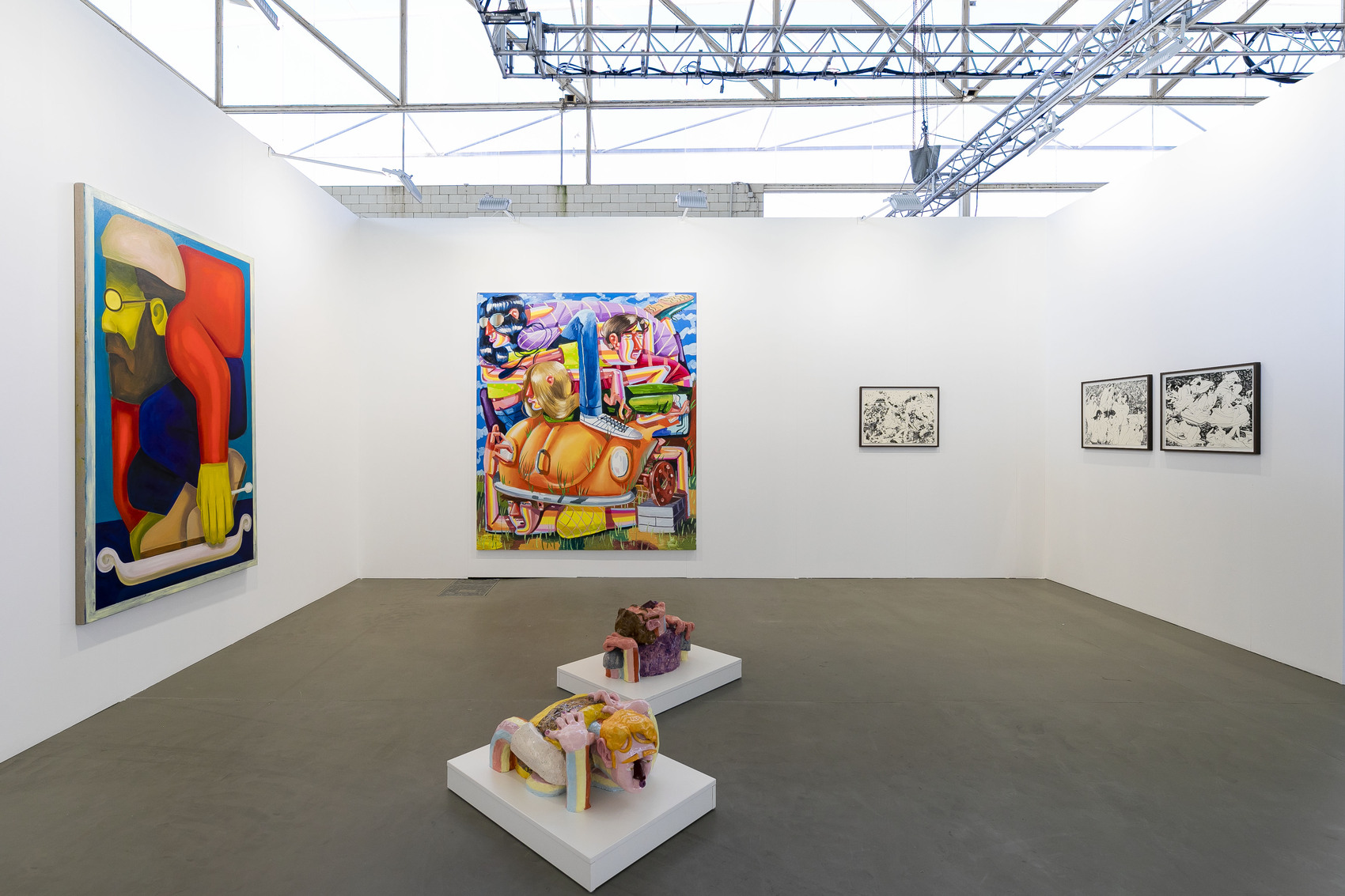
What is the aim of CAN apart from being a summer attraction for the art world?
It is always said that Ibiza either absorbs you or spits you out, but there are many times that if you are left with a first facade of things you miss out on a lot. We have felt very well received by the population and from the very first moment we have wanted to be close to the island. What is clear is that all the projects that come to the island must leave a mark and, in this sense, CAN intends to grow the cultural fabric to attract more artists to open their studios, open more galleries and create more market. In this way, little by little, this sum can be converted into a structure that participates in fairs.
In Palma, for example, there is a wide gallery network, and I believe that Ibiza can reach the same level because it has the perfect foundations and the perfect ingredients for this to happen.
What kind of proposals will we find in the CAN selection?
Almost 90% is painting and sculpture is present but less and we want to promote it because it is more complex, more costly to transport and, nevertheless, last year there were many sculptural pieces. Ceramics have also been very well received for the last two or three years (in Urvanity) and, as we are an island with a ceramic tradition, we bring updated pieces that are very well received. However, photography has little visibility in our projects because the galleries work little with this discipline.
Design is a consolidated commitment in the world of art fairs, do you contemplate it in CAN?
There are no design galleries, what we do love is working with furniture shops in Ibiza and in some areas of the fair their pieces are exhibited in a lounge or form part of exhibition resources. I’m afraid of mixing and I think it’s better not to want to cover everything.
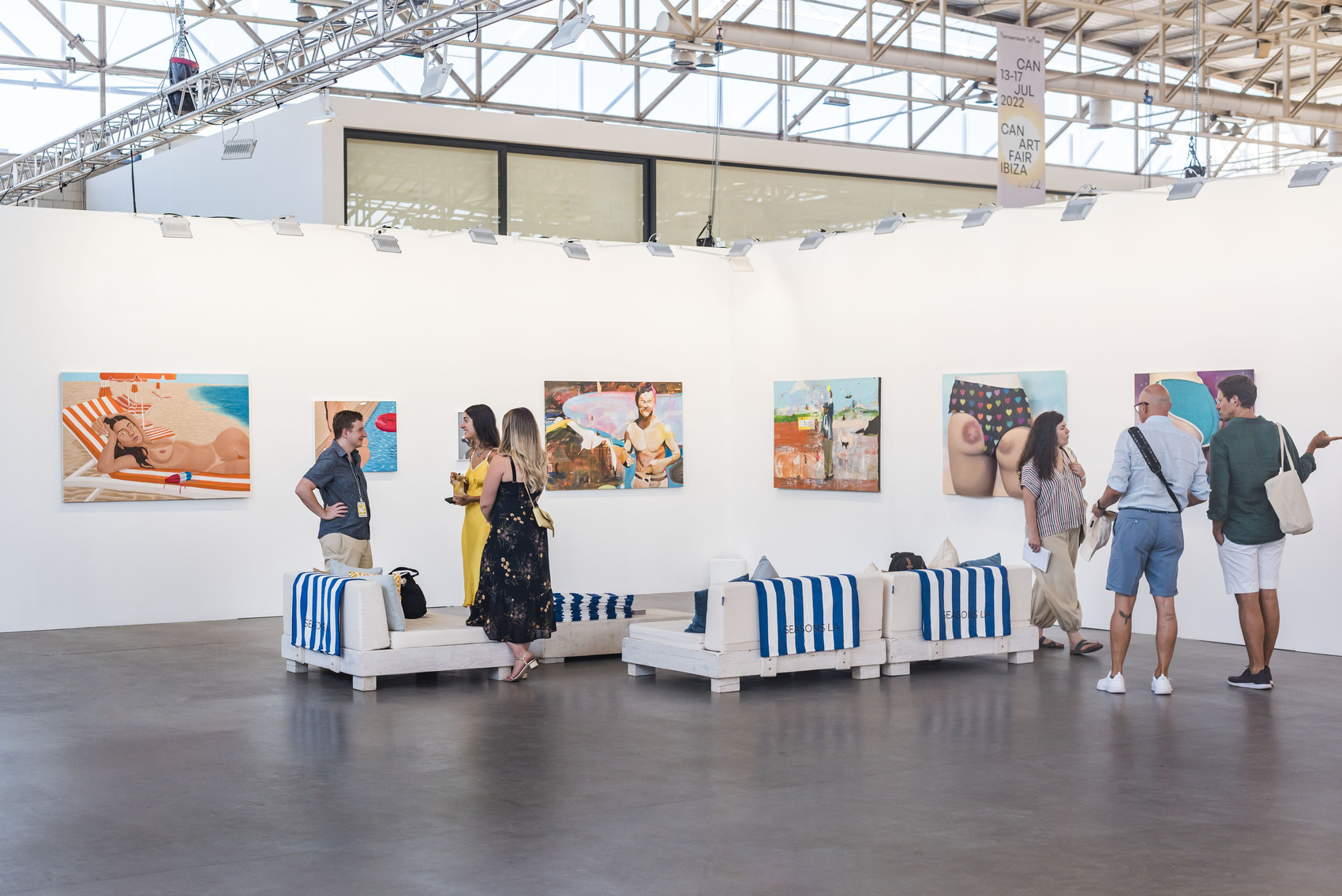
What is CAN’s commitment to the future?
We want to create a solid project and opt for sustained growth because trying to grow prematurely can dilute the original idea in the eagerness to take on too much. This is what we have done in Urvanity, we ruled out making a gigantic event because our vision is more along the lines of making boutique projects, curated, well cared for and with a good selection.
What feedback have you received from the curator who is the one who sets his sights on certain artists?
Last year the fair closed with a general applause and the galleries commented that they had never seen that in their lives. It was curious because a very good energy was generated between all the galleries that, being curated, follow a very clear line and, in the end it’s a very familiar fair. They are very similar galleries that share the same vision, sometimes they represent the same artists and they do collaborative projects with each other. There was an incredible energy, that’s why it’s important to take care that there isn’t excessive growth.
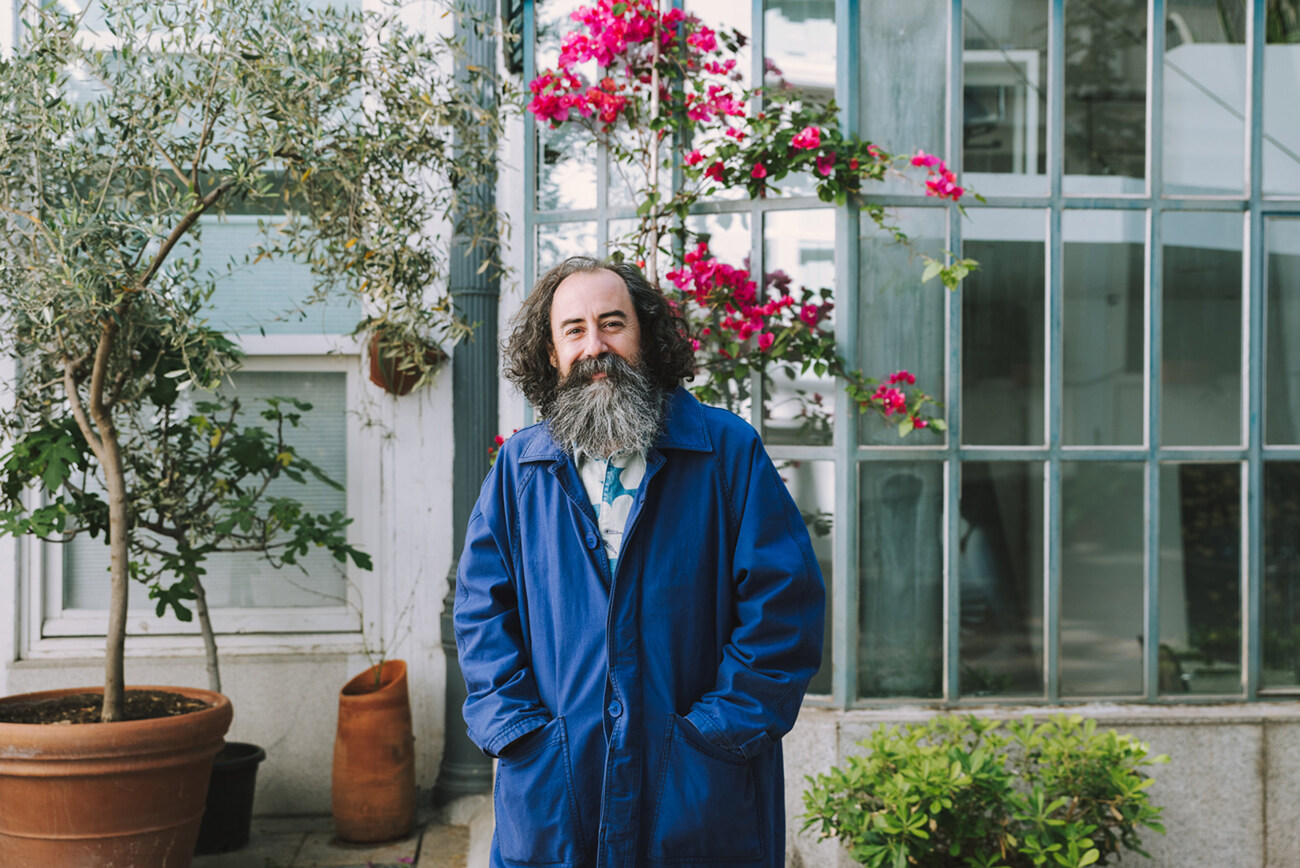
Have you thought of a theme for each edition of the fair?
No, because the monographs are limiting and when you have to try to follow a theme you have to shoehorn it in, in the end I think it’s like putting gates on the field, there is already a certain clear line because of the presence of the curator, when you walk around the fair you see that things are in tune with each other.
Define the curatorship in one sentence.
Where it all starts from is the new figuration.
What is your vision of the art market today?
I think the art market has undergone an evolution. A few years ago there was an explosion of urban art and muralism and this has been transformed and even the new generations of artists are drinking more from digitalisation and the internet, when before they used to handle more the language of the street, which was where they were more inspired.
What are your latest acquisitions?
From the Spanish artist Julio Anaya and from the international ones, Magda Kirk, Mie Olise, but from the list of this edition I would take everything. For me it’s a very passionate thing, I love it because you’re getting hits all day long and it’s difficult to leave the fairs without buying anything.

Editor: Beatriz Fabián
Beatriz is a journalist specialising in offline and online editorial content on design, architecture, interior design, art, gastronomy and lifestyle.
Photographer: Nieves Díaz.